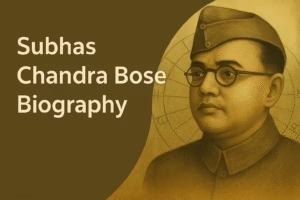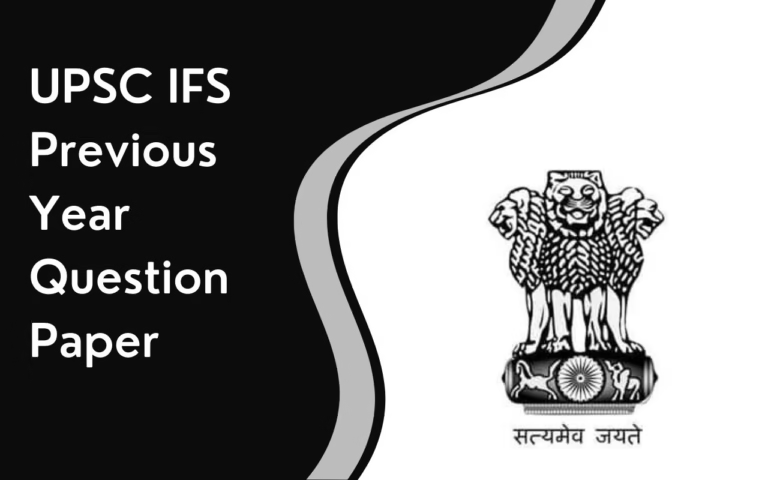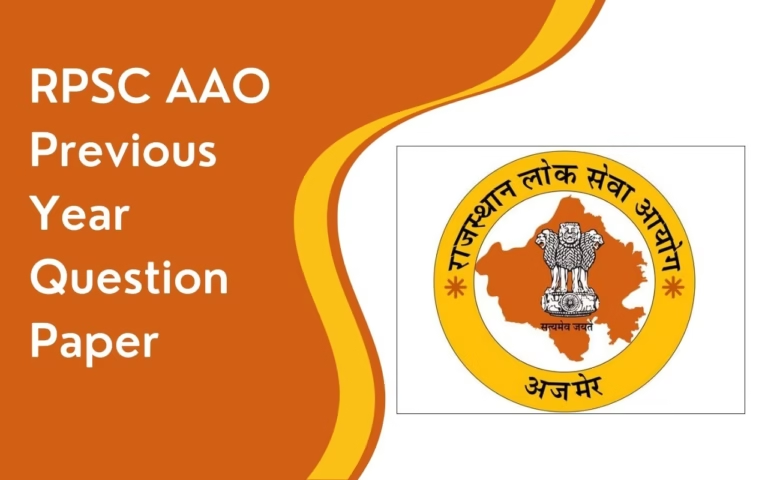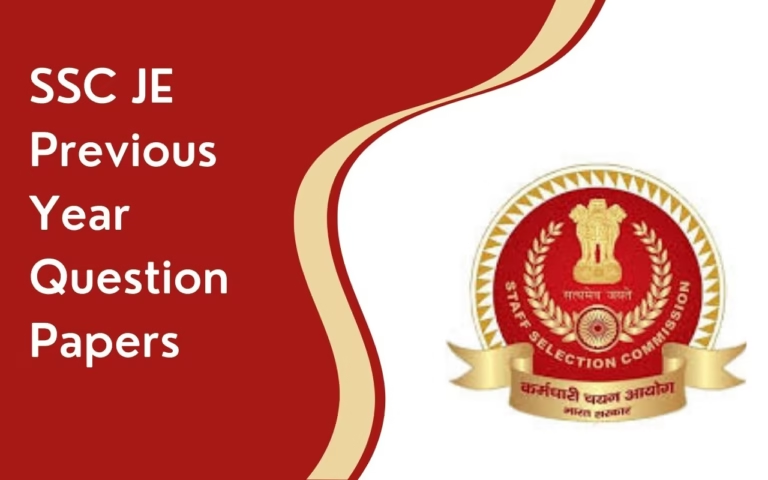One cannot talk about India’s freedom struggle without mentioning Subhas Chandra Bose. Known as “Netaji,” he was a revolutionary leader whose unwavering spirit and bold approach set him apart. Unlike many contemporaries who relied on nonviolent resistance, Bose believed that independence must be won through any means necessary, even armed struggle.
His fierce patriotism, charismatic leadership, and determination to see a free India made him one of the most influential figures in the country’s fight against British rule.
Subhas Chandra Bose: Early Life and Education
Subhas Chandra Bose was born in Cuttack in present‑day Odisha, India, into a large and respected Bengali family. His father, Janakinath Bose, was a successful lawyer and government pleader. His mother, Prabhavati Devi, was deeply spiritual and shaped his moral and cultural grounding. Bose was the ninth of fourteen children, and his childhood balanced traditional Indian values at home with a Western-style education that emphasized English and British ideas.
Early Schooling in Cuttack
Bose began school in 1902 at the Baptist Mission’s Protestant European School in Cuttack, where lessons were taught in English and centered on British history, geography, and discipline. At home he heard Bengali, Hindu epics, and devotional stories to Durga and Kali from his mother. This mix of cultures left a lasting mark.
In 1909, he joined Ravenshaw Collegiate School in Cuttack. There he studied Bengali, Sanskrit, and Hindu philosophy along with his formal academic work. This was where his interest in Indian identity began to deepen.
Higher Studies in Calcutta and Abroad
Bose moved to Presidency College in Calcutta in 1913 to study philosophy and read thinkers like Kant, Hegel, and Bergson. Friendships formed here helped shape his spiritual and political thinking. He completed his formal degree at Scottish Church College in 1919. At his parents’ urging, he then went to England to sit for the Indian Civil Service (ICS) exams.
He passed in 1920, a major achievement, but soon resigned. After completing his studies and qualifying for the prestigious Indian Civil Service in England, Subhas Chandra Bose shocked everyone by resigning from the post in 1921. His decision stemmed from deep patriotic conviction; he refused to serve under the very colonial power he wanted India to break free from. This bold move marked the beginning of his journey as a fearless leader in India’s freedom struggle.
Subhas Chandra Bose’s Marriage and Personal Life
Subhas Chandra Bose’s personal life was as private as his political life was public. While living in Europe in the mid-1930s for medical treatment and political work, he met Emilie Schenkl in Vienna in 1934. Emilie later became his secretary, and over time, their relationship deepened.
In 1937, Bose and Emilie married in a simple, private ceremony, keeping their union largely secret due to the political sensitivity of his life. The couple had a daughter, Anita Bose Pfaff, born in 1942 in Vienna.
Despite the emotional bond, Bose’s life was driven by his mission to free India, and he spent most of his time away, focused on the independence struggle. Emilie remained in Europe throughout World War II, raising their daughter as Bose continued his relentless fight against colonial rule.
Early Political Involvement and Entry into National Movement
On returning to India, Bose plunged into nationalist politics. Under the mentorship of Chittaranjan Das, a senior Congress leader and his political guide, Bose worked tirelessly to spread anti-colonial sentiment. He joined the Indian National Congress (INC) in 1921 and quickly rose through the ranks:
- Served as editor of newspapers like Forward and launched his own journal, Swaraj, to promote the idea of complete independence.
- Became President of the All India Youth Congress in 1923 and later Secretary of the Bengal State Congress.
- Took charge as Chief Executive Officer of Calcutta Municipal Corporation with Chittaranjan Das as Mayor, showcasing his administrative skills early on.
Advocating for Poorna Swaraj – Complete Independence
Unlike many Congress leaders who sought Dominion Status (partial independence), Bose demanded Poorna Swaraj, or full freedom, at the earliest. Along with Jawaharlal Nehru, he co-founded the Independence for India League, reinforcing his radical approach to liberation.
Rise Within the Indian National Congress
Subhas Chandra Bose’s leadership and vision earned him the Presidency of the Indian National Congress in 1938 (Haripura Session), where he introduced a National Planning Committee for rapid industrialization and modernization of India’s economy. His ideas clashed with Gandhi’s philosophy of cottage industries and nonviolent struggle, yet Bose stayed committed to bold, decisive action.
He was re-elected Congress President in 1939 (Tripuri Session) but resigned due to growing differences with the old guard, especially over strategies for achieving freedom. This resignation did not slow him down—instead, it pushed him to carve his own path.
Formation of the Forward Bloc
In 1939, Bose founded the All India Forward Bloc, a political platform to unite radical nationalists and left-leaning groups. His objective was clear: to sustain momentum for uncompromising independence and keep the fight alive even when mainstream Congress leadership grew cautious.
The Indian National Army and the Call for Armed Struggle
With World War II underway, Bose believed it was the perfect opportunity to free India. He sought international alliances and took a daring journey across continents, escaping British surveillance in Calcutta in 1941, travelling via Kabul and Moscow, and reaching Germany before heading to Japanese-occupied Southeast Asia.
In 1943, he assumed leadership of the Indian National Army (INA), also known as Azad Hind Fauj, in Singapore. Supported by Japan, Bose reorganised and inspired thousands of Indian soldiers, prisoners of war, and others to join the cause. His clarion calls, “Delhi Chalo” (March to Delhi) and “Give me blood, and I will give you freedom” electrified the nation.
He also declared the Provisional Government of Free India (Azad Hind) and worked relentlessly to overthrow British rule through armed resistance. Under his leadership, the INA even reached the borders of India, advancing into Imphal and Kohima before being forced to retreat due to lack of resources and Japan’s defeat in the war.
Also Read: Vikram Seth Biography
What Made Bose a Legendary Freedom Fighter?
- Militant Patriotism: Bose believed in bold action when negotiations failed. His approach combined strategy, military force, and inspiring rhetoric.
- Visionary Leadership: From planning economic modernization to uniting Indians across religions and regions, his leadership was inclusive and future-focused.
- Empowering Women: He encouraged women to take part in the struggle, forming the Rani Jhansi Regiment, an all-women combat unit in the INA.
- Unyielding Sacrifice: Bose risked everything, career, comfort, and life, for the dream of a free India.
Legacy of Subhas Chandra Bose
Netaji’s life ended under disputed circumstances in 1945, but his legacy remains powerful. India honors him every year on Parakram Diwas, celebrating his courage and uncompromising call for freedom. Today he stands as a symbol of militant patriotism, inclusive leadership, and personal sacrifice. His words, “Give me blood, and I will give you freedom” , still ignite the spirit of resistance and national pride.
Who was Subhas Chandra Bose?
Subhas Chandra Bose, also known as Netaji, was a prominent Indian freedom fighter who believed in armed struggle to gain independence from British rule.
Why is Subhas Chandra Bose called Netaji?
He earned the title Netaji, meaning Respected Leader, from Indian soldiers and supporters during his leadership of the Indian National Army (INA).
What was Subhas Chandra Bose’s famous slogan?
His most iconic slogan was 'Give me blood, and I will give you freedom,' urging Indians to join the fight for independence.
What was the role of the Indian National Army (INA)?
Under Bose’s leadership, the INA fought alongside Axis powers during World War II to liberate India from British colonial rule.
When and how did Subhas Chandra Bose die?
Bose reportedly died in a plane crash in Taiwan in 1945, though the circumstances remain debated, making his death one of India’s enduring mysteries.




